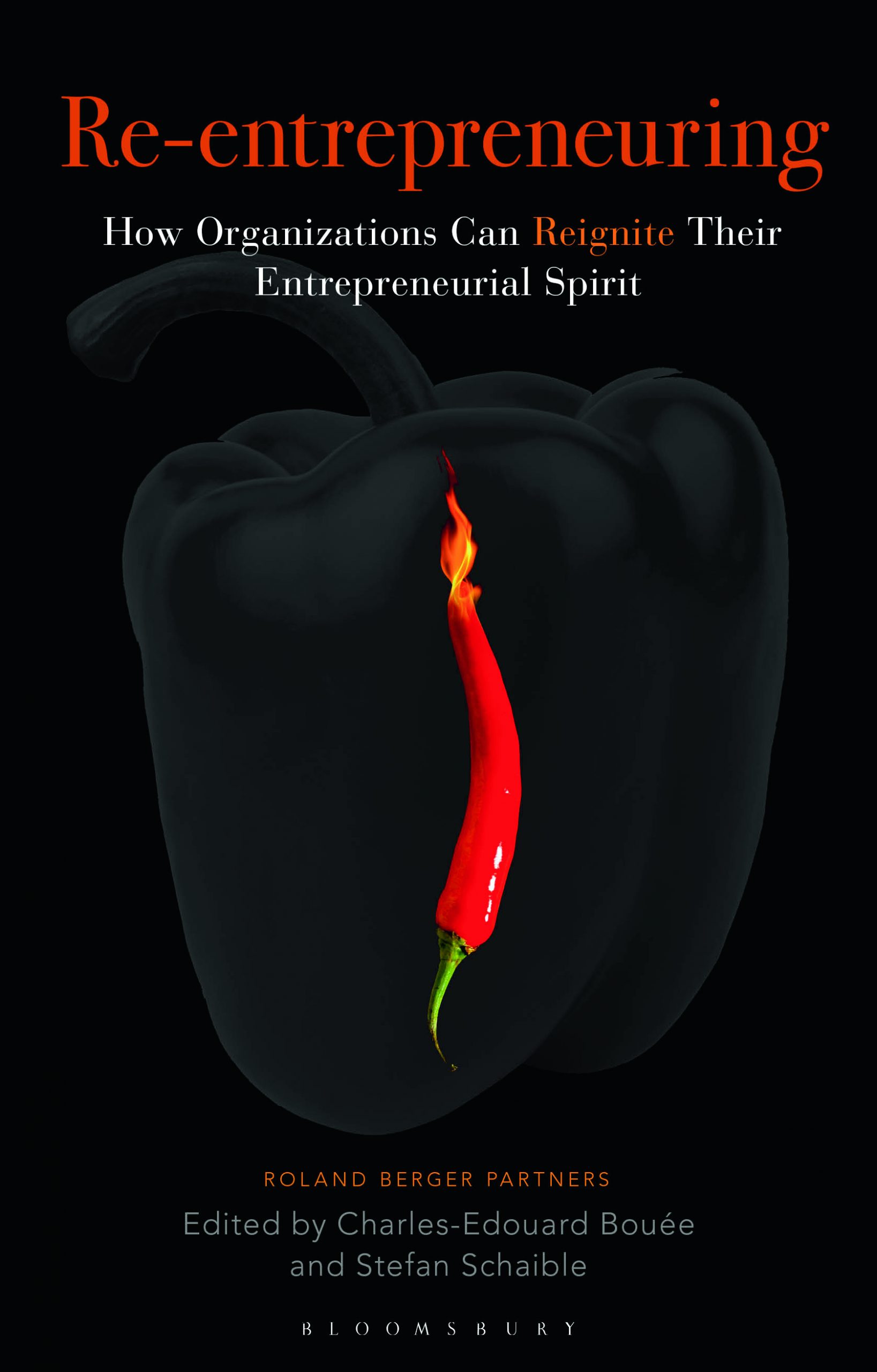In a time where many of us are trying to hunt down the most creative, philosophical or wise people in the organisation, and use their creativity to get us out of a sticky situation, should we in fact be questioning how we trigger an entrepreneurial spirit in everyone?
Bouee and Schaible share some expert advice on how to do just this, alongside some fascinating case studies from organisations across the globe.
There is a continued emphasis on the meaning of “re” throughout; reignite, reimagine, restructure, rekindle. This book highlights the fact that re-entrepreneuring doesn’t need to involve radical thinking from scratch, instead reconnect with what made the organisation successful in the first place; take those aspects, pull them apart and reconfigure them.
“in the end, re-entrepreneuring any kind of organisation involves going back to basics, both with respect to the meaning of the organisation and instilling a sense of purpose in the people who work for it”
This is as much about freeing yourself from mental barriers than anything else, the book argues. In order to build an adaptive organisation, you first need to adapt your own thinking.
The story of Shroder and the Hartz Committee is a wonderful example of how even in established government institutions, innovation can prevail and lead to a metamorphosis. That’s one of a dozen or so case studies which bring to life the five principle of re-entrepreneuring.
Perhaps the phrase that sticks with me the most during this simple and elegant story is that ‘it is the amount of entrepreneurial activity going on, not the number of recognisable entrepreneurs in an organisation, that will determine whether it is more or less creative and adaptable’.
If you’re caught in the whirlwind of needing to rethink both the business model and how it operates, then add this book to your 2019 reading list.
Chris Furnell – OD & Transformation Consultant









